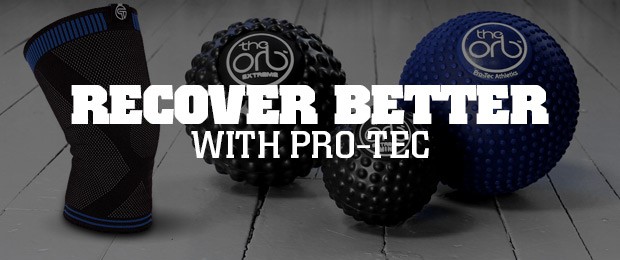
Victoria Felkar's relationship with elitefts began in 2011 when she attended a Learn to Train seminar and experienced what she has described a "defining point" in her journey. Leading up to that point—and in the years since—her accomplishments have earned her the following and respect of individuals in both the academic world of strength and the industry of strength. As an interdisciplinary researcher at the University of British Columbia, Felkar has focused on sports medicine, as well as on sociology, psychology, anthropology, pharmacology, and the relationships between them. She has also worked for over ten years as a practitioner, consultant, author, and educator.
In this video, Felkar begins her 2018 elitefts Sports Performance Summit presentation by talking about the divide between academia and the strength industry, the athlete performance model, and an approach to better manage an athlete's training and well-being.
She begins by discussing the current state of strength as two pieces of land that are separated by a valley: academia is on one side and the strength industry is on the other. And though they're connected by a bridge, it's a very thin, fragile bridge. As someone who has been on both sides for over a decade, Felkar has seen a lot of great things come from both sides, but she's also seen misinterpretation and misinformation from both sides. Her goal is to help bring these sides together. She uses a psychological test with the attendees to help demonstrate the point that individuals often "jump" into one side—being either exclusively academic-focused or exclusively industry-focused—and fail to ever see it from the other perspective.
She then discusses the number of expectations that are placed on athletes and how it often results in performance inhibition. Many coaches, in fact, expect their athletes to adhere to standards and to do things that the coaches themselves wouldn't be able to do. To explain the way she conceptualizes the athlete performance model, Victoria uses the metaphor of a tornado. If the tornado represents athlete performance, a nearby home that is in the trajectory of that tornado represents the athlete. Inevitably, at some point, the tornado is going to arrive and take over the athlete. But before it reaches that point, you have the off-season, when the tornado (performance) is far off but approaching. Then you have the pre-season, when the storm begins but hasn't fully hit. And then you have the competitive season, when the tornado has arrived and the athlete is in the midst of the worst damage. The wreckage that lies after the tornado has passed through is when the athlete has been "maxed out" and pushed beyond their limits. This is when athletes become ill and lose interest in training.
Within this metaphor, strength and conditioning coaches are the individuals who live in "tornado alleys", where tornadoes often come through. Despite seeing tornados in the past and knowing that they will likely appear in the future, people who live in tornado alleys remain in the area and deny the inevitably of another tornado. Strength coaches are often similar, in that they have many times seen athletes become "burned out" and pushed beyond their physical capabilities, often even becoming injured in the process. Yet many strength coaches press on with the same methods and believe that the problem lies somewhere other than strength and conditioning. The first step to solving this is actually acknowledging the responsibility strength coaches have.
One way to more sustainably and healthily develop athletes, Felkar says, is by adopting new methods and adapting old ones. She shares a well-known performance model in which there is a staircase and the first step is stabilization. Stabilization then steps up to strength, which steps up to power. Felkar's suggestion is to think of the staircase of athlete training development a little differently, and instead first focus on restoring the foundation all athletes need, then maintaining and manipulating variables, and then looking for system enhancement.
By the minute:
- (1:20) Why athletes need to be taken care of
- (2:55) Academia and industry
- (5:50) Athlete expectations and performance inhibition
- (9:34) Victoria's performance model concept
- (13:05) Adopting new methods and adapting old ones









